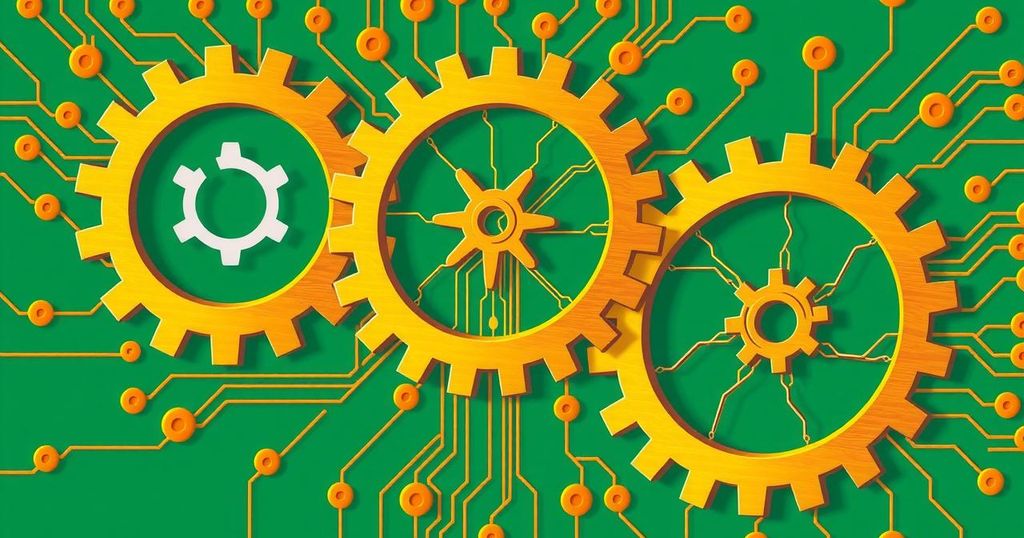USTR Highlights Trade Barriers Impacting U.S. Medical Device Exports to India
The USTR’s 2025 NTE Report identifies key barriers to U.S. medical device exports to India, including delays in import licensing for refurbished devices and high tariffs. Issues regarding price caps by India’s NPPA and customs duties further complicate trade relations. The report emphasizes the need for dialogue and resolution of these challenges to foster a more open economic environment.
The United States Trade Representative (USTR) has raised concerns regarding obstacles impacting U.S. medical device exports to India in its 2025 National Trade Estimate (NTE) Report. Key issues include delays attributed to the lack of guidelines for issuing import licenses for refurbished devices and high tariffs that have not kept pace with inflation. The report was released prior to the U.S. deadline for implementing reciprocal tariffs on April 2.
Historically, unclear import processes under the Medical Device Rules have hindered U.S. exports, particularly for refurbished medical devices. Since April 2024, U.S. companies have faced challenges as the Central Drugs Standard Control Organisation (CDSCO) suspended import approvals for existing and new applications. The suspension particularly affects high-end refurbished medical devices, like MRI scanners, which were halted due to patient safety concerns.
The report indicates that the pre-owned medical equipment market in India is valued at approximately Rs 1,500 crore, constituting around 10 percent of India’s total medical equipment industry. Additionally, it claims that the Indian government increased tariffs on roughly 70 product categories without prior notice during its 2019-20 Budget, impacting U.S. exports in the medical devices and chemicals sectors.
Pavan Choudary, chairman of the Medical Technology Association of India (MTaI), expressed that an aggressive trade posture by the U.S. could lead to broader negotiations that may reduce tariffs and trade barriers. He remarked, “If there are high import duties in India on medical device imports, or if there are high non-trade barriers… then all these need to be toned down.”
The USTR report also highlighted the issue of price caps imposed by India’s National Pharmaceutical Pricing Authority (NPPA) on medical devices, which have not been adjusted in accordance with inflation. The lack of differentiation based on production costs or technological advancements deters U.S. companies from entering the market.
Furthermore, India enforces basic customs duties exceeding 20 percent on crucial drug formulations, including life-saving medicines. The report emphasizes that addressing these high tariffs and non-trade barriers is essential for trade sustainability between the two nations.
Domestic manufacturers, represented by the Association of Indian Medical Device Industry (AIMED), insist on the necessity of dialogue for balanced trade practices. Rajiv Nath, AIMED forum coordinator, noted, “We value the USTR’s engagement and remain committed to constructive discussions that support fair and sustainable trade.”
In FY24, India imported devices worth Rs 12,552 crore from the U.S., marking a significant increase compared to previous years, while exports to the U.S. were valued at $287.7 million. The USTR report raised additional issues regarding quality control standards and the lack of an effective mechanism in India for resolving pharmaceutical patent disputes.
In conclusion, the USTR’s 2025 National Trade Estimate Report highlights significant barriers affecting U.S. medical device exports to India, particularly due to high tariffs, unclear import processes, and price caps. Not only do these issues impact U.S. companies, but they also raise concerns about the overall trade balance between the two nations. As both countries seek to navigate these challenges, continued dialogue and cooperative efforts will be essential for achieving sustainable trade practices in the medical sector.
Original Source: www.business-standard.com








Post Comment